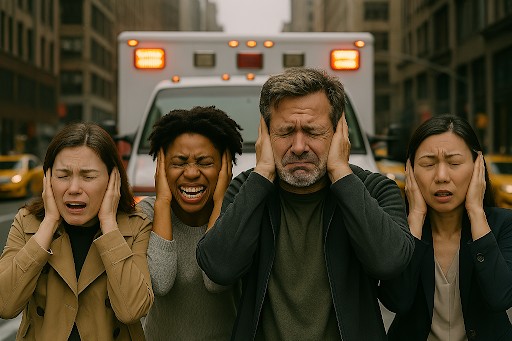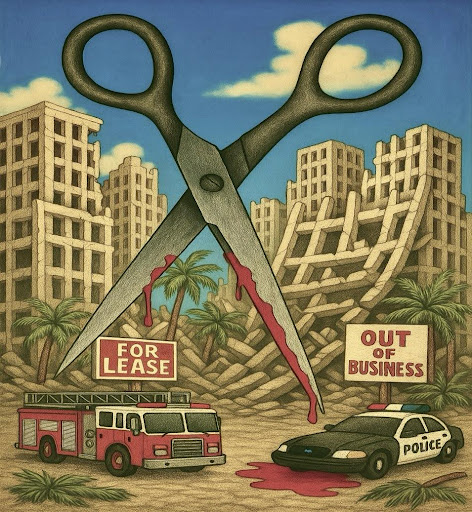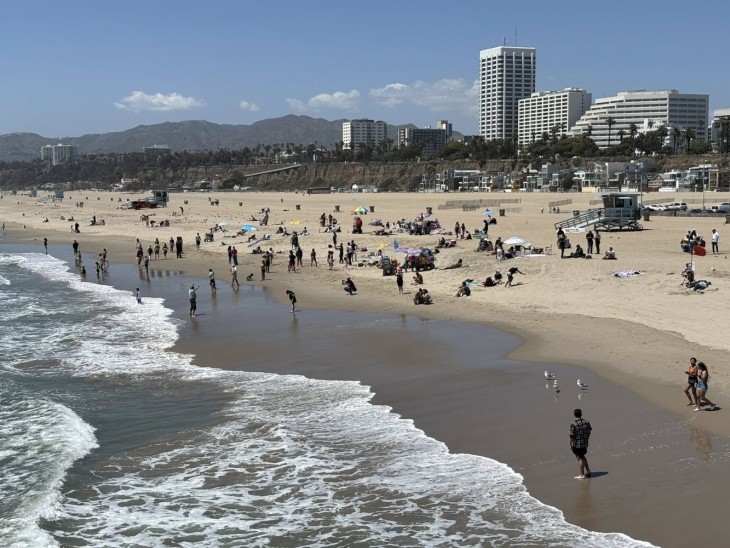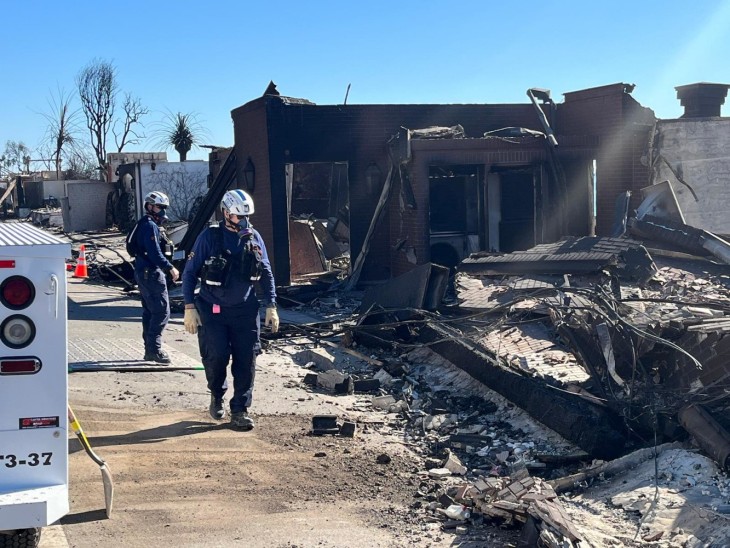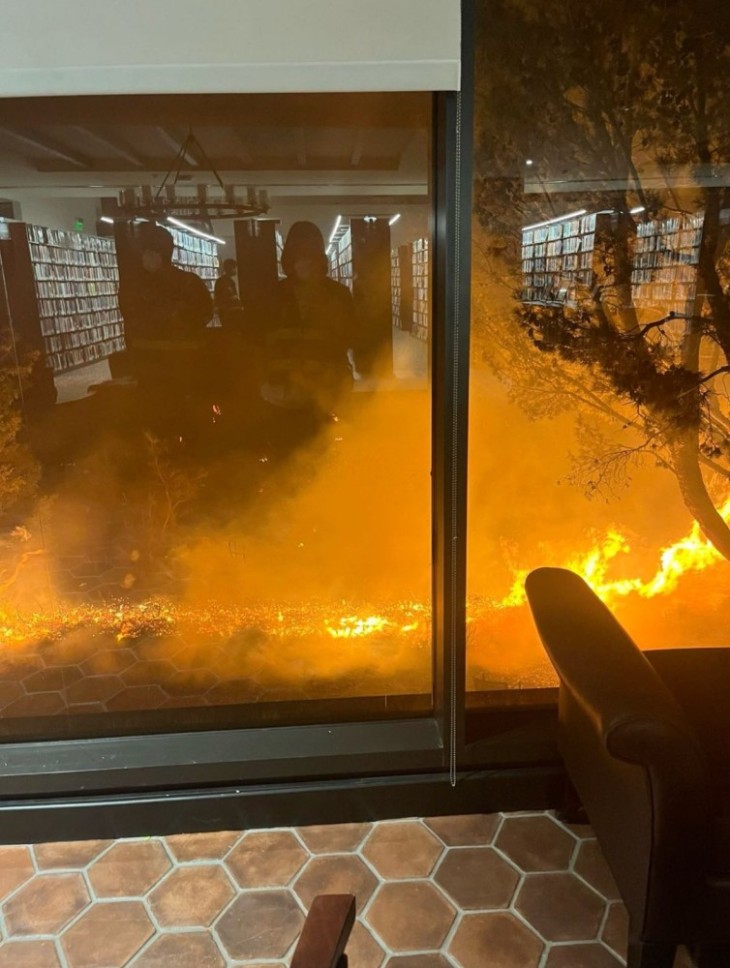Just in case anyone doubts that repeated, seemingly perpetual state budget crises don’t have real-life effects on ordinary citizens, check out what’s already happened and what’s about to happen to education at almost every level in California.
Once the world’s best public school system, with access to classes guaranteed from kindergarten at age 5 and on throughout a lifetime, education in California has been severely truncated and is about to get even more limited.
The effects may be most strikingly noticeable at the community college level, where classes have long been available to all comers at nominal costs that verged on free. This enabled Californians to learn about everything from computers to ceramics, from engineering to energy as long as they wanted to keep on studying.
But budget crunches that knocked almost $1.4 billion from higher education funding over the last two years have changed a lot of that. For one thing, it now costs $26 per credit to take a junior college class, meaning a few months of an ordinary four-unit course in speechmaking or astronomy now runs more than $100, with a hike to $36 per credit likely to come soon.
The cash crunch has cost community colleges more than $500 million and reduced faculty at most of the state’s 112 campuses to the point where the system’s board of governors voted this winter to give full-time and first-time students priority in class registration. Those who take part in college orientation and develop formal educational plans will also go to the head of the line, as will students who begin taking remedial classes in their first junior college year.
That more or less leaves out adult students who long have taken up class slots, along with students who have not demonstrated they are serious about getting an A.A. degree and transferring to a four-year university.
Before those rules were accepted by the community college board (they still need legislative ratification), hundreds of students protested that – combined with higher tuition – they will drive away poor students who can’t afford enough units to stay on a fast track to transfer, even if they are serious about education.
But junior colleges aren’t the only ones with less accessibility under current plans. Even with some cuts restored in the last few weeks, hundreds of rural elementary and high schools will suffer reduced school busing. The state does not require districts to have home-to-school busing, but probably should. In many places, if there’s no bus, there’s no way for children to get to school.
School districts spent more than $1.2 billion on busing two years ago, with the state covering just 38 percent of the tab. Triggered cuts that took effect at the end of 2011 cut that support in half, meaning in many places late buses that allowed students to participate in athletics and other enrichment activities have stopped running. Some of the support is now back, but cuts in busing will be far more severe next year, if Brown’s plan to reduce funding further stands up.
There will also be some radical changes in how state money is distributed to schools. Brown’s plan would give $3,000 per year per student more to school districts where 90 percent of students are either low-income or English learners than to districts where students with these problems are less numerous.
That could mean enormous cuts for large districts like Los Angeles and San Francisco, whose curricular offerings would then plummet. So might their academic performance.
This Brown tactic vastly increases the effects of the 1971 Serrano v. Priest court decision that now mandates higher funding for schools in the economic lower half of all districts. That measure, meant to boost performance by poor children, has actually had a different effect – making almost all schools mediocre, except those that get extra funding from parents, local businesses or generous city governments.
Yes, some disadvantaged students might be helped by all these changes at many levels of public education. But there’s no reason to believe the overall effects will be positive for most, and plenty of historic precedent indicating the results will again be mediocre at best.



